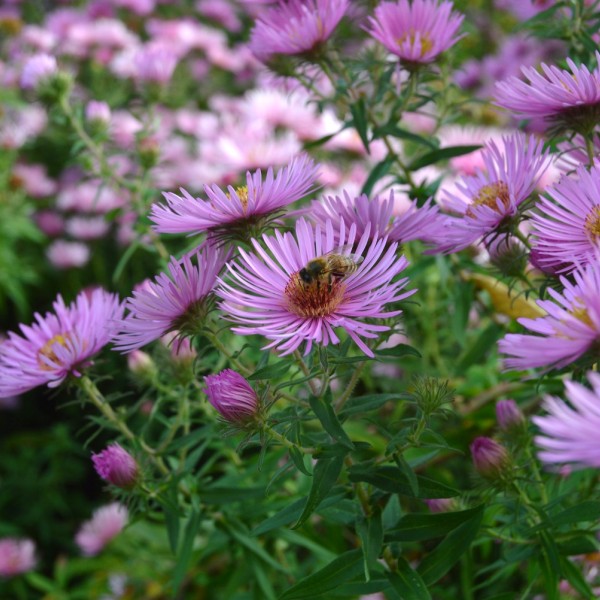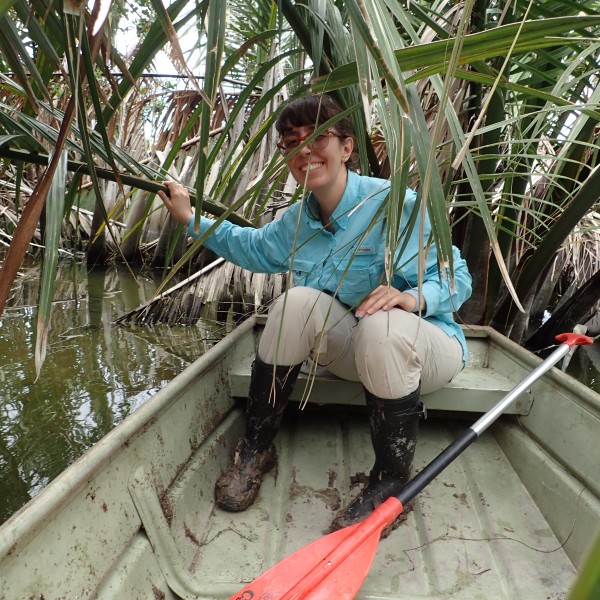
When is a native not a native? An assessment of pollinator support of native plants and their cultivated varieties 2019
Chicago Botanic Garden
Ecology, Reproductive Biology
Pollinator habitat creation has surged in recent years in response to growing awareness regarding declines in pollinator populations and the importance of pollinator services. While these projects can take a variety of forms, ranging from traditional ecological restoration to pollinator gardening, they all rely on the established relationship between native plants and native pollinators. However, when looking to purchase native plants, you are more likely to encounter cultivated varieties (or cultivars) of natives than the straight species. Cultivars of native plants (or nativars) have been popularized in the plant materials industry due to trait manipulation that can simplify the production process and increase customer appeal. However, manipulation of traits such as flower color & shape, scent, and phenology, can also affect pollinator attraction and support. In 2018, two research gardens were installed at the Chicago Botanic Garden containing five native species important to pollinators, as well as three to four cultivars of each species. The REU intern will conduct pollinator observations as well as assess variation in floral traits (e.g. phenology, floral display size, nectar quantity, and quality) among species and cultivars. This work is a part of the Budburst-Nativars research project (http://budburst.org/projects/nativars), a national citizen science project taking place at schools, nature centers and home gardens across the eastern U.S. with the same set of study taxa.




